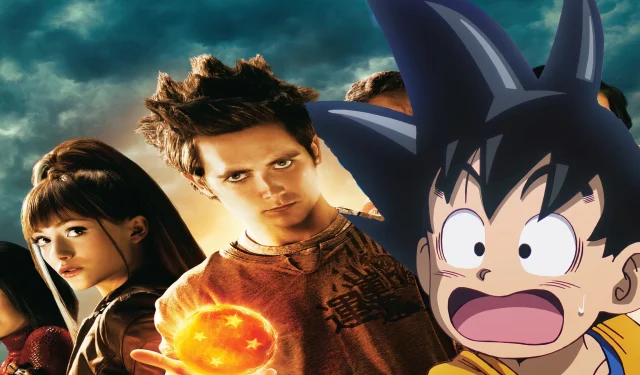Dragon Ball, a titan in the anime and manga landscape of Japan, boasts an impressive record with over 260 million copies of its manga sold globally and an enduring anime legacy that has captivated audiences for decades. However, this iconic franchise once faced a significant setback on the international stage. The 2009 live-action film Dragonball Evolution, which featured Justin Chatwin as Goku and James Marsters as Piccolo, was met with fierce backlash from both fans and critics. Its failure at the box office further solidified a widespread belief that live-action adaptations of anime were destined for disaster—a notion that only began to shift with the successful release of Netflix’s live-action series, One Piece, in 2023.
A recent video interview featuring Kazuhiko Torishima, the former editor-in-chief of Shonen Jump and a foundational figure behind beloved series like Dragon Ball and Dr. Slump, provides invaluable insight into the inner workings of the Dragonball Evolution debacle and the subsequent attempts at damage control.
Torishima’s Regret: “One of My Biggest Mistakes”
A Legacy of Failure
During the candid interview, Torishima expressed profound regret regarding the Hollywood adaptation of Dragon Ball. He considers it one of the most significant errors of his professional journey. According to Torishima, the project quickly spiraled out of control, primarily because the publisher, Shueisha, did not allocate sufficient funds to maintain final cut authority. He believes that with a commitment of around five billion yen (approximately $50 million), they could have exerted meaningful influence over the script and overall production.
Torishima attributes Shueisha’s reluctance to invest to the long-lasting impact of Daijoubu, My Friend, a poorly received film from 1983 inspired by E.T. This previous failure instilled a deep-seated caution within the company regarding major film projects.
Global Aspirations Amid Risks
Ignored Legal Advice

Despite acknowledging the risks involved in adapting Dragon Ball to a live-action format, Shueisha proceeded with the hope that a Hollywood release could broaden the franchise’s appeal globally. During this period, the company also debuted the American version of Shonen Jump, indicating a strong push to attract Western audiences.
Torishima recalls seeking legal counsel in the United States, where he was cautioned that without the critical final cut rights, Shueisha would lack significant control over the film’s direction. This miscalculation is reflected upon as the pivotal mistake that contributed to the artistic and financial failure of Dragonball Evolution.
The Disguised Flop
A Painful Yet Promising Legacy
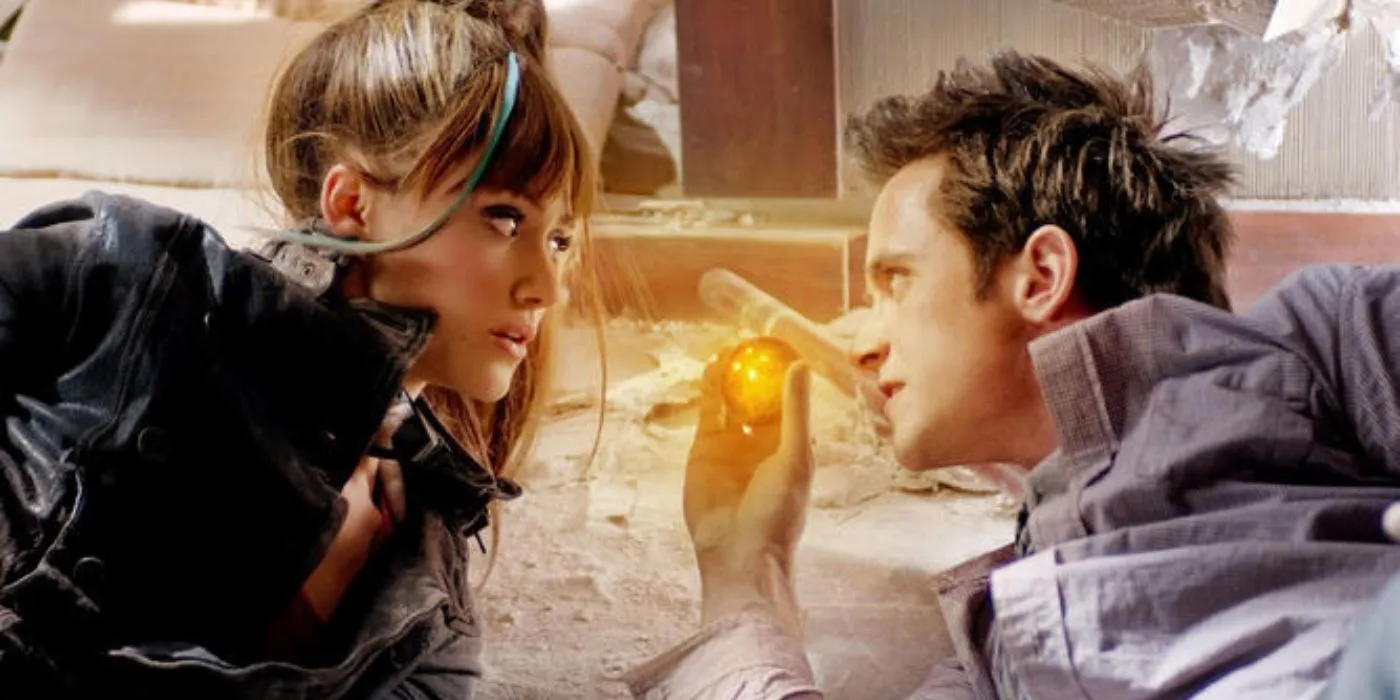

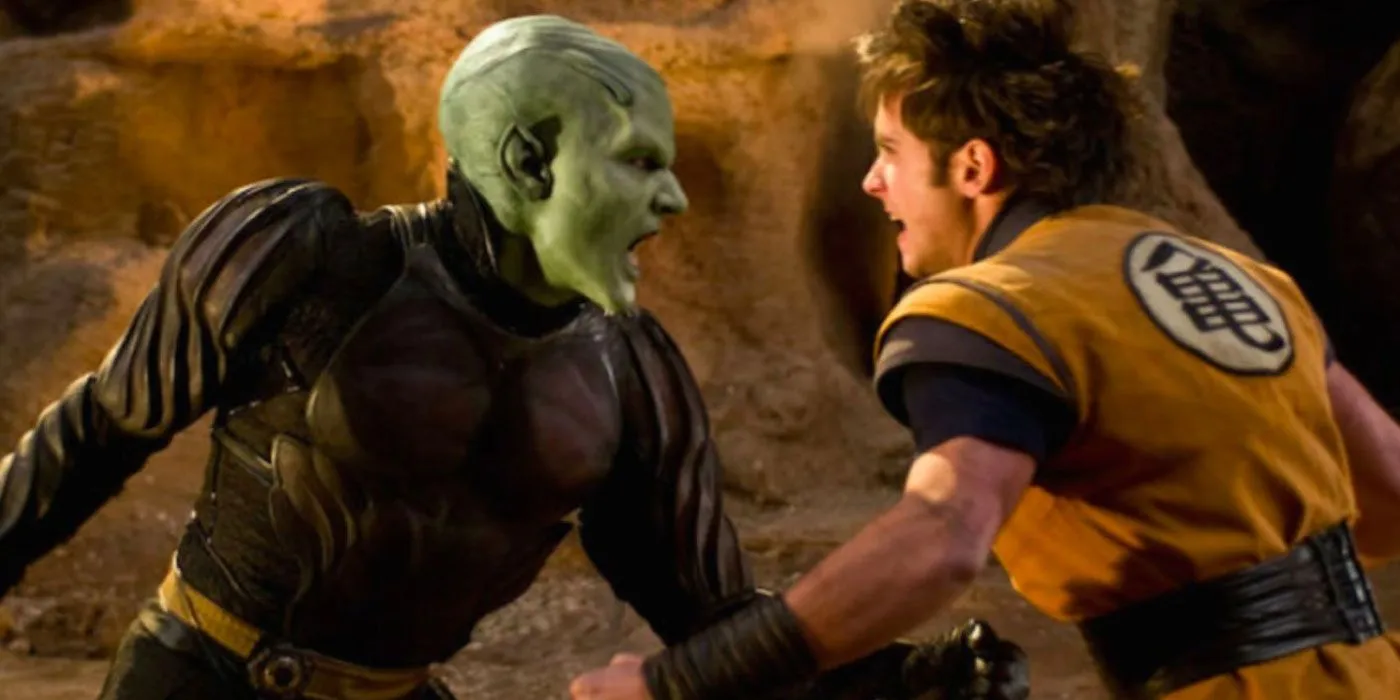
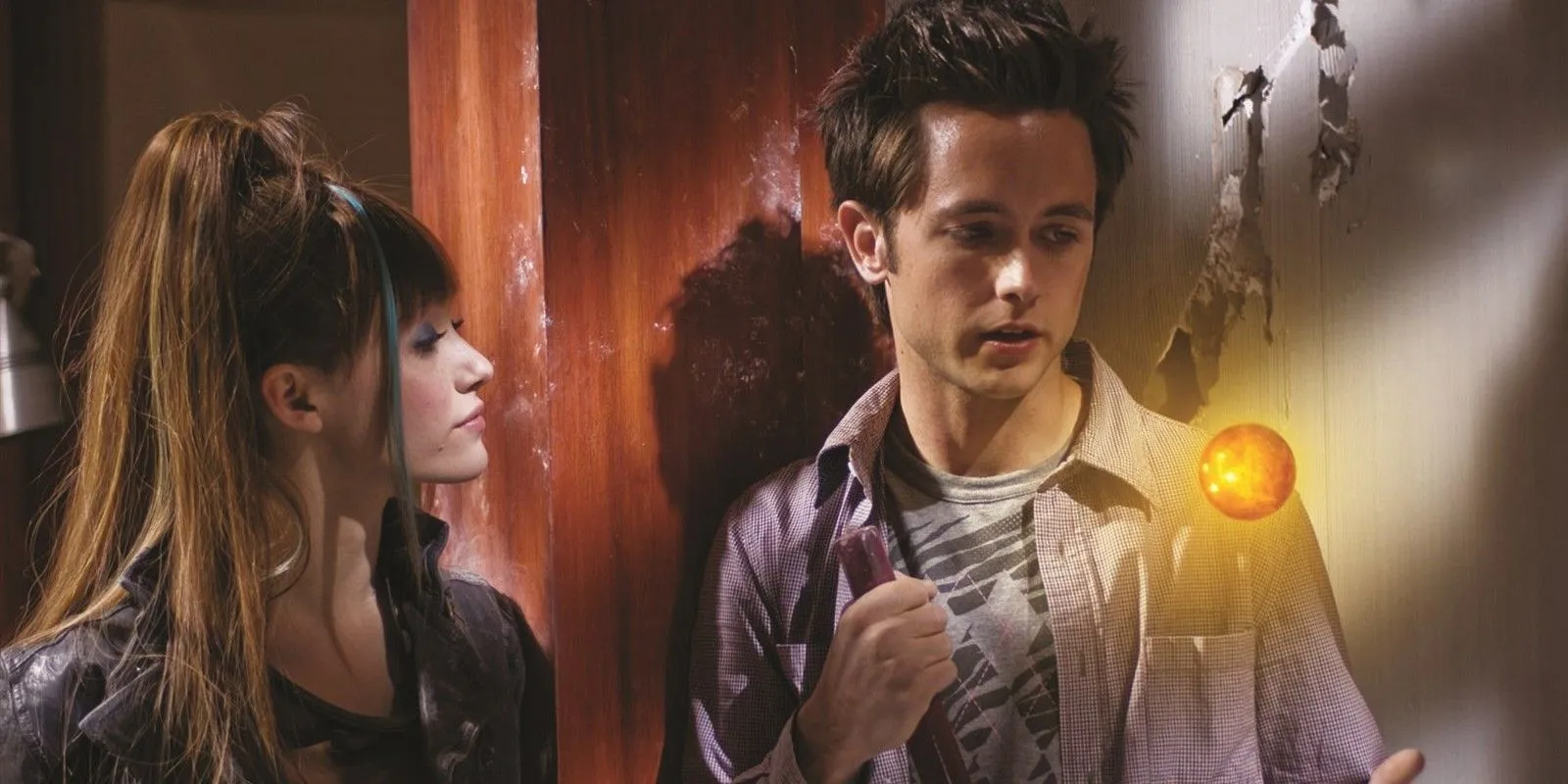
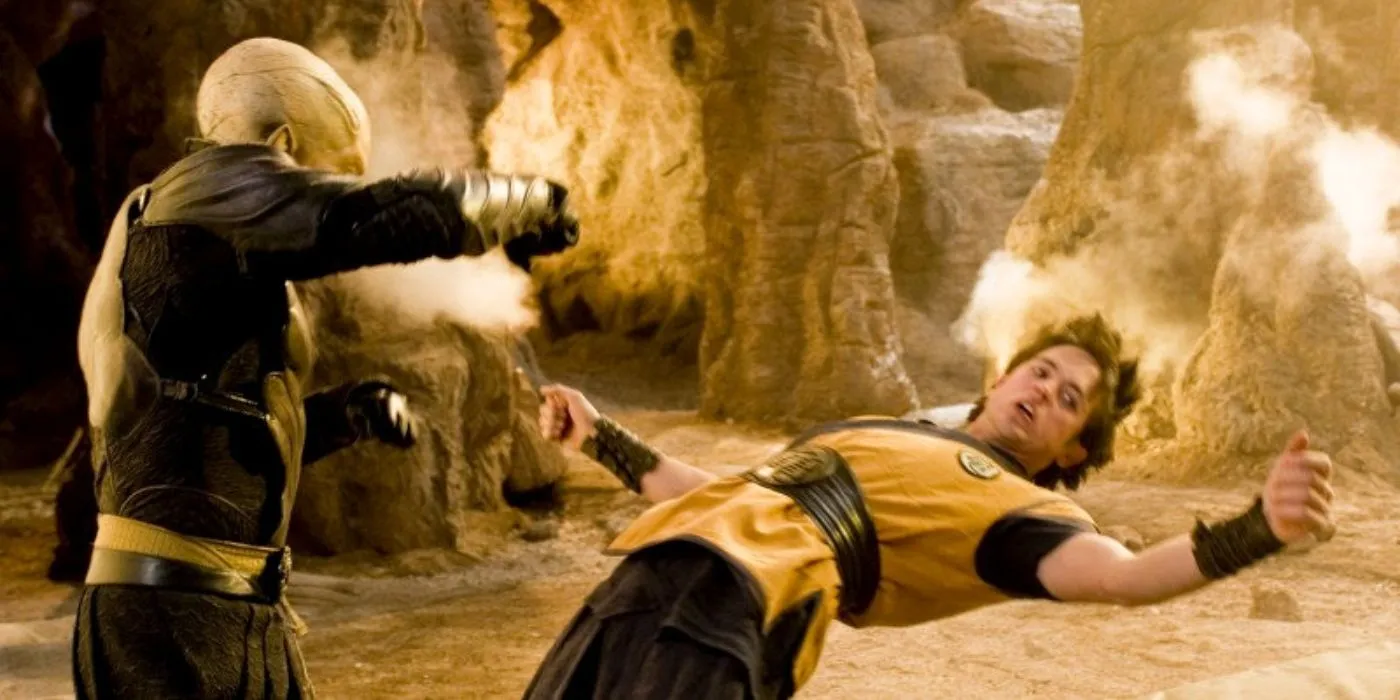
With a production budget of around $30 million, Dragonball Evolution grossed approximately $58.2 million worldwide. Even though it technically recouped its costs, it is widely regarded as a box office failure, especially considering that marketing and distribution expenses were not factored into that figure. Ultimately, the film failed to break even and left many fans disappointed.
Reflecting on the adaptation, Torishima calls it one of the greatest failures in the history of Shonen Jump. He even expresses doubts that a worse film exists. The lack of creative oversight and disregard for the original material left a profound scar. Looking to the future, with exciting projects such as a Dragon Ball theme park in Saudi Arabia on the horizon, Torishima hopes that the lessons learned from this experience will not be overlooked.
The recent triumph of Netflix’s One Piece series—an adaptation that maintained fidelity to its source material with close collaboration from the original creator—is a beacon of hope. It suggests that the industry is beginning to learn how to craft adaptations that honor and preserve the essence of beloved stories while successfully reaching new audiences.
Source: Venixys on X
